宽度优先遍历(或搜索) 因为图类似于树的宽度优先遍历(参见 这篇帖子 )这里唯一的问题是,与树不同,图可能包含循环,所以我们可能会再次来到同一个节点。为了避免多次处理节点,我们使用布尔数组。为简单起见,假设所有顶点都可以从起始顶点到达。
null
例如,在下图中,我们从顶点2开始遍历。当我们到达顶点0时,我们寻找它的所有相邻顶点。2也是0的相邻顶点。如果我们不标记访问的顶点,那么2将再次被处理,它将成为一个非终止过程。下图的宽度优先遍历为2,0,3,1。
![图片[1]-图的广度优先搜索或BFS-yiteyi-C++库](https://media.geeksforgeeks.org/wp-content/uploads/bfs-5.png)
以下是给定源的简单宽度优先遍历的实现。 该实现使用 邻接表表示法 一系列的图表。 STL 是的 列表容器 用于存储相邻节点的列表和BFS遍历所需的节点队列。
C++
// Program to print BFS traversal from a given // source vertex. BFS(int s) traverses vertices // reachable from s. #include<iostream> #include <list> using namespace std; // This class represents a directed graph using // adjacency list representation class Graph { int V; // No. of vertices // Pointer to an array containing adjacency // lists list< int > *adj; public : Graph( int V); // Constructor // function to add an edge to graph void addEdge( int v, int w); // prints BFS traversal from a given source s void BFS( int s); }; Graph::Graph( int V) { this ->V = V; adj = new list< int >[V]; } void Graph::addEdge( int v, int w) { adj[v].push_back(w); // Add w to v’s list. } void Graph::BFS( int s) { // Mark all the vertices as not visited bool *visited = new bool [V]; for ( int i = 0; i < V; i++) visited[i] = false ; // Create a queue for BFS list< int > queue; // Mark the current node as visited and enqueue it visited[s] = true ; queue.push_back(s); // 'i' will be used to get all adjacent // vertices of a vertex list< int >::iterator i; while (!queue.empty()) { // Dequeue a vertex from queue and print it s = queue.front(); cout << s << " " ; queue.pop_front(); // Get all adjacent vertices of the dequeued // vertex s. If a adjacent has not been visited, // then mark it visited and enqueue it for (i = adj[s].begin(); i != adj[s].end(); ++i) { if (!visited[*i]) { visited[*i] = true ; queue.push_back(*i); } } } } // Driver program to test methods of graph class int main() { // Create a graph given in the above diagram Graph g(4); g.addEdge(0, 1); g.addEdge(0, 2); g.addEdge(1, 2); g.addEdge(2, 0); g.addEdge(2, 3); g.addEdge(3, 3); cout << "Following is Breadth First Traversal " << "(starting from vertex 2) " ; g.BFS(2); return 0; } |
JAVA
// Java program to print BFS traversal from a given source vertex. // BFS(int s) traverses vertices reachable from s. import java.io.*; import java.util.*; // This class represents a directed graph using adjacency list // representation class Graph { private int V; // No. of vertices private LinkedList<Integer> adj[]; //Adjacency Lists // Constructor Graph( int v) { V = v; adj = new LinkedList[v]; for ( int i= 0 ; i<v; ++i) adj[i] = new LinkedList(); } // Function to add an edge into the graph void addEdge( int v, int w) { adj[v].add(w); } // prints BFS traversal from a given source s void BFS( int s) { // Mark all the vertices as not visited(By default // set as false) boolean visited[] = new boolean [V]; // Create a queue for BFS LinkedList<Integer> queue = new LinkedList<Integer>(); // Mark the current node as visited and enqueue it visited[s]= true ; queue.add(s); while (queue.size() != 0 ) { // Dequeue a vertex from queue and print it s = queue.poll(); System.out.print(s+ " " ); // Get all adjacent vertices of the dequeued vertex s // If a adjacent has not been visited, then mark it // visited and enqueue it Iterator<Integer> i = adj[s].listIterator(); while (i.hasNext()) { int n = i.next(); if (!visited[n]) { visited[n] = true ; queue.add(n); } } } } // Driver method to public static void main(String args[]) { Graph g = new Graph( 4 ); g.addEdge( 0 , 1 ); g.addEdge( 0 , 2 ); g.addEdge( 1 , 2 ); g.addEdge( 2 , 0 ); g.addEdge( 2 , 3 ); g.addEdge( 3 , 3 ); System.out.println( "Following is Breadth First Traversal " + "(starting from vertex 2)" ); g.BFS( 2 ); } } // This code is contributed by Aakash Hasija |
Python3
# Python3 Program to print BFS traversal # from a given source vertex. BFS(int s) # traverses vertices reachable from s. from collections import defaultdict # This class represents a directed graph # using adjacency list representation class Graph: # Constructor def __init__( self ): # default dictionary to store graph self .graph = defaultdict( list ) # function to add an edge to graph def addEdge( self ,u,v): self .graph[u].append(v) # Function to print a BFS of graph def BFS( self , s): # Mark all the vertices as not visited visited = [ False ] * ( max ( self .graph) + 1 ) # Create a queue for BFS queue = [] # Mark the source node as # visited and enqueue it queue.append(s) visited[s] = True while queue: # Dequeue a vertex from # queue and print it s = queue.pop( 0 ) print (s, end = " " ) # Get all adjacent vertices of the # dequeued vertex s. If a adjacent # has not been visited, then mark it # visited and enqueue it for i in self .graph[s]: if visited[i] = = False : queue.append(i) visited[i] = True # Driver code # Create a graph given in # the above diagram g = Graph() g.addEdge( 0 , 1 ) g.addEdge( 0 , 2 ) g.addEdge( 1 , 2 ) g.addEdge( 2 , 0 ) g.addEdge( 2 , 3 ) g.addEdge( 3 , 3 ) print ( "Following is Breadth First Traversal" " (starting from vertex 2)" ) g.BFS( 2 ) # This code is contributed by Neelam Yadav |
C#
// C# program to print BFS traversal // from a given source vertex. // BFS(int s) traverses vertices // reachable from s. using System; using System.Collections.Generic; using System.Linq; using System.Text; // This class represents a directed // graph using adjacency list // representation class Graph{ // No. of vertices private int _V; //Adjacency Lists LinkedList< int >[] _adj; public Graph( int V) { _adj = new LinkedList< int >[V]; for ( int i = 0; i < _adj.Length; i++) { _adj[i] = new LinkedList< int >(); } _V = V; } // Function to add an edge into the graph public void AddEdge( int v, int w) { _adj[v].AddLast(w); } // Prints BFS traversal from a given source s public void BFS( int s) { // Mark all the vertices as not // visited(By default set as false) bool [] visited = new bool [_V]; for ( int i = 0; i < _V; i++) visited[i] = false ; // Create a queue for BFS LinkedList< int > queue = new LinkedList< int >(); // Mark the current node as // visited and enqueue it visited[s] = true ; queue.AddLast(s); while (queue.Any()) { // Dequeue a vertex from queue // and print it s = queue.First(); Console.Write(s + " " ); queue.RemoveFirst(); // Get all adjacent vertices of the // dequeued vertex s. If a adjacent // has not been visited, then mark it // visited and enqueue it LinkedList< int > list = _adj[s]; foreach ( var val in list) { if (!visited[val]) { visited[val] = true ; queue.AddLast(val); } } } } // Driver code static void Main( string [] args) { Graph g = new Graph(4); g.AddEdge(0, 1); g.AddEdge(0, 2); g.AddEdge(1, 2); g.AddEdge(2, 0); g.AddEdge(2, 3); g.AddEdge(3, 3); Console.Write( "Following is Breadth First " + "Traversal(starting from " + "vertex 2)" ); g.BFS(2); } } // This code is contributed by anv89 |
输出:
Following is Breadth First Traversal (starting from vertex 2)2 0 3 1
插图:
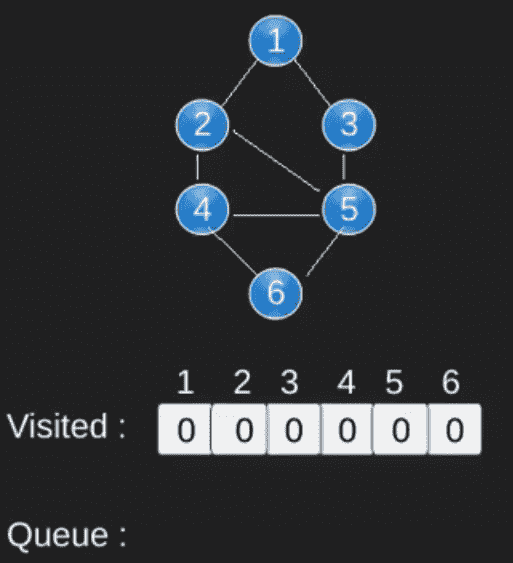
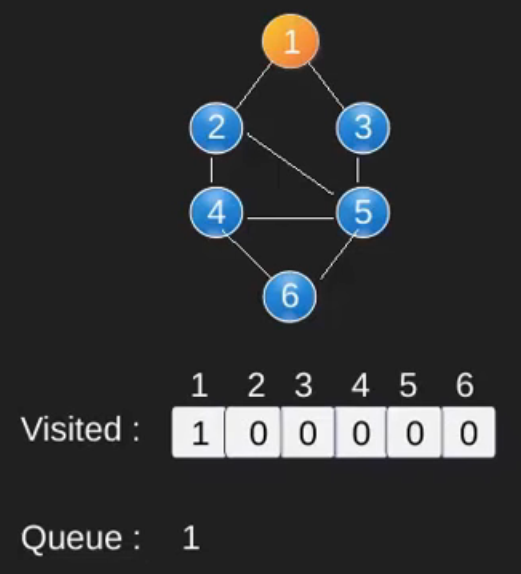
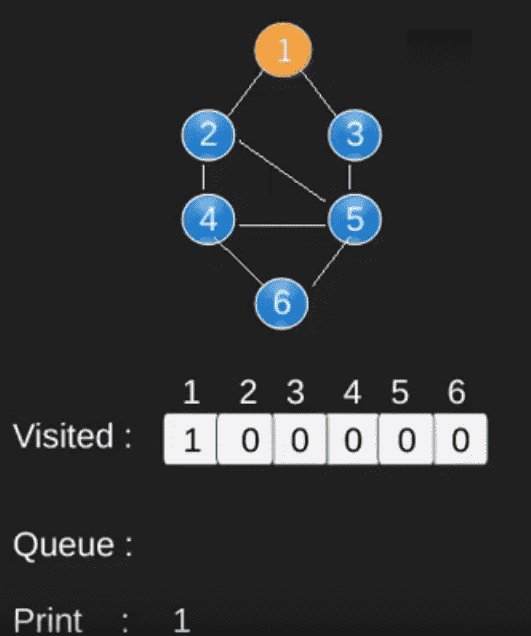
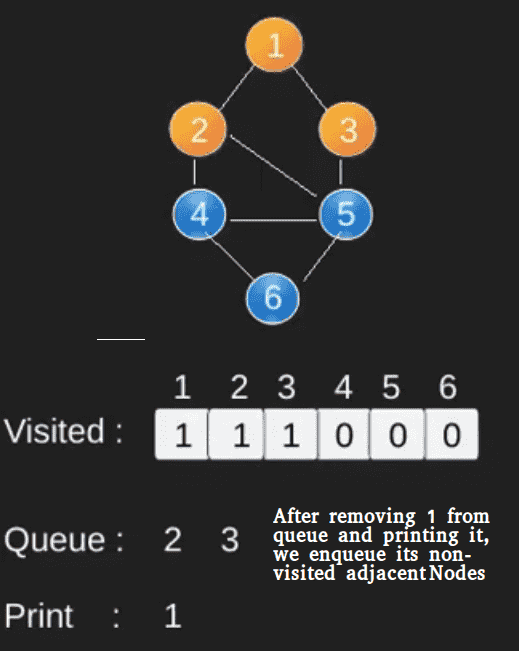
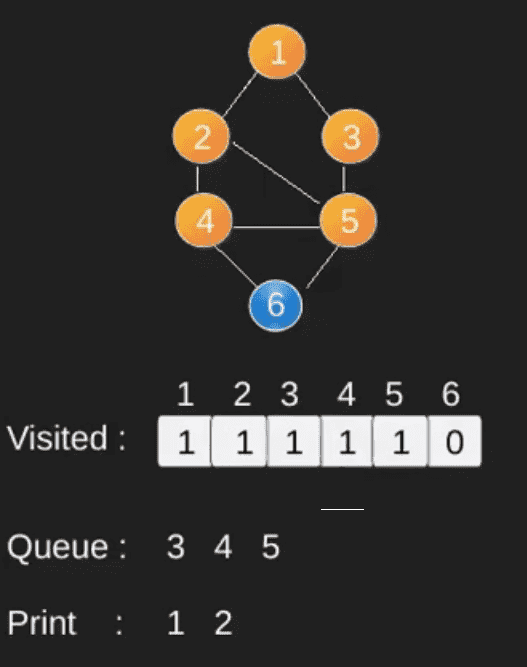
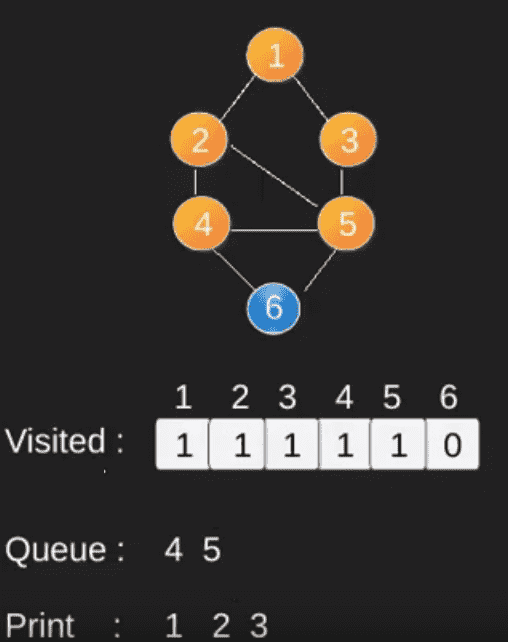
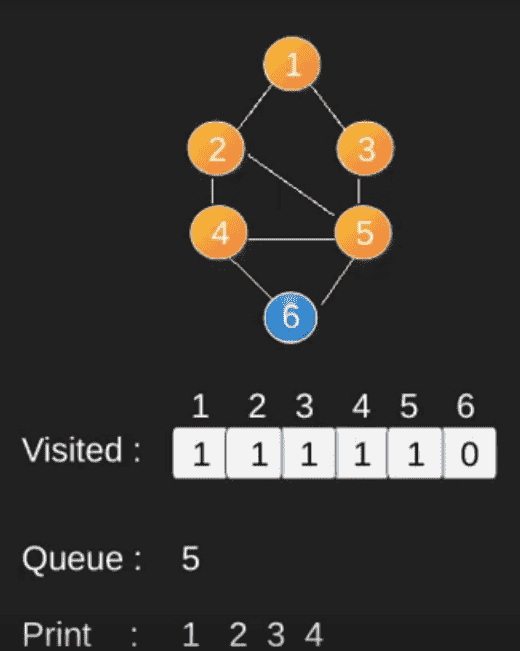
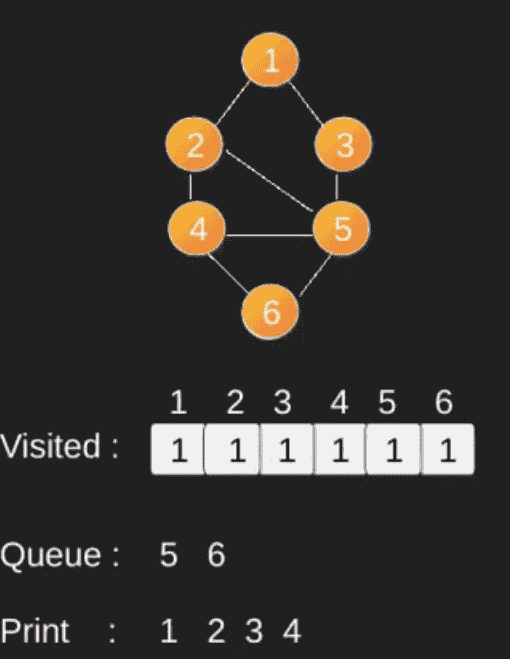
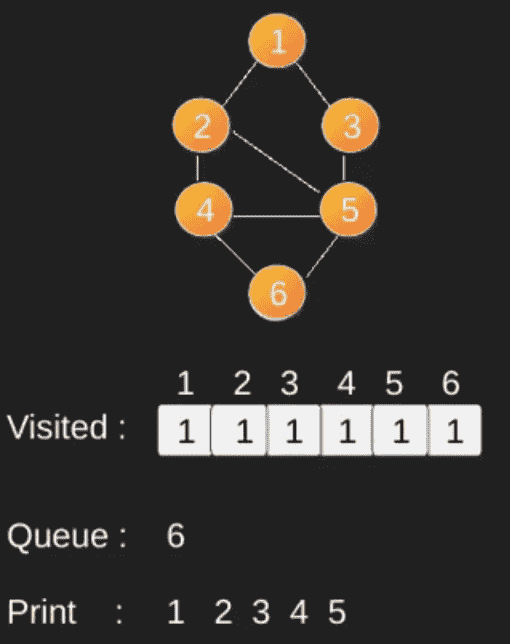
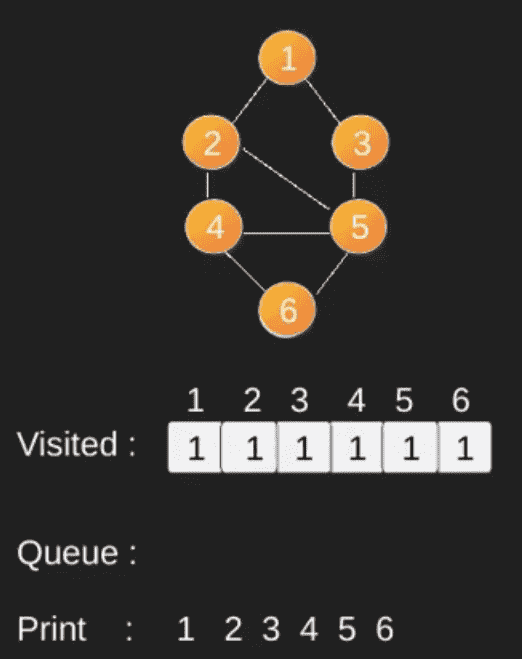
请注意,上面的代码只遍历从给定源顶点可以到达的顶点。从给定顶点(例如断开连接的图)可能无法到达所有顶点。要打印所有顶点,我们可以修改BFS函数,从所有节点逐个开始进行遍历(如 DFS修改版 ).
时间复杂度:O(V+E),其中V是图中的顶点数,E是图中的边数。
https://youtu.be/0u78hx-66Xk
您可能还希望看到以下内容:
如果您发现任何不正确的地方,或者您想分享有关上述主题的更多信息,请写下评论。
© 版权声明
文章版权归作者所有,未经允许请勿转载。
THE END


![关于”PostgreSQL错误:关系[表]不存在“问题的原因和解决方案-yiteyi-C++库](https://www.yiteyi.com/wp-content/themes/zibll/img/thumbnail.svg)



